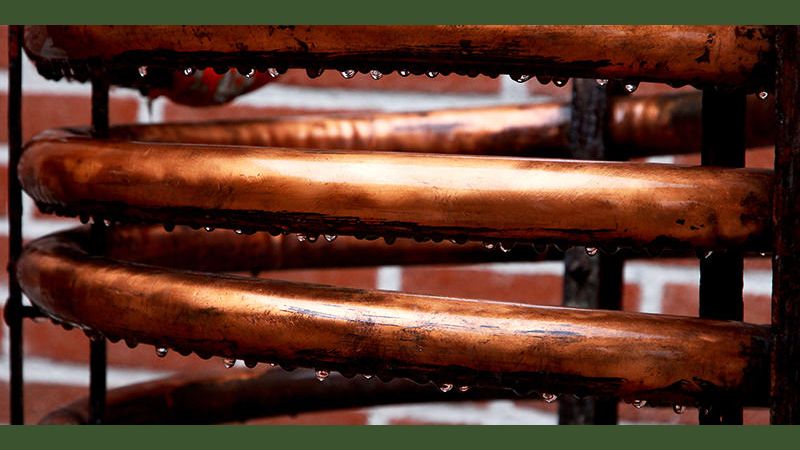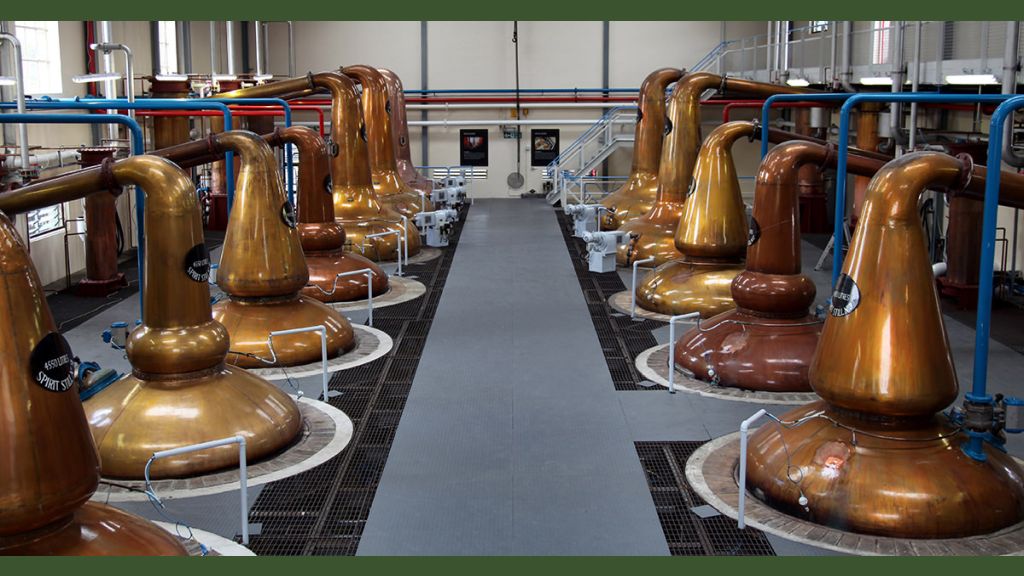Distilling, a carefully controlled process, lies at the heart of producing whisk(e)y, gin, and various other spirits. It is a fascinating journey that combines science, history, and craftsmanship. In this article, we will explore the world of distillation, uncovering its rich history, techniques, and the magical transformation of liquid into exquisite spirits. Join us on this immersive adventure into the realm of distilling.
Dengan bergabung dan menjadi member aktif dari situs agen resmi IDNPoker kami, semua permainan judi online terbaru bisa dimainkan melalui satu User ID. Dengan minimal deposit yang sangat terjangkau, kini anda penggemar poker online bisa langsung menikmati semua permainan seru IDN Poker. Disamping itu, beberapa jenis permainan judi kartu online yang disediakan IDN Play menyediakan hadiah jackpot dengan nilai terbesar. Modal kecil bisa dapat nominal hadiah besar jika anda berhasil menggondol jackpot Royal Flush di situs poker terbaik Indonesia
A Modern Distillery: A Scene from the Chocolate Factory
At first sight, a modern distillery may resemble a scene from the Chocolate Factory. Gleaming columns, interconnected tubes, and large copper pots glisten in the light. These impressive setups are the beating heart of distillation, where science and artistry come together to create liquid masterpieces. The equipment facilitates the separation of alcohol from a lower alcohol base through the process of evaporation and condensation.
Distillation: The Alchemical Art
Distilling has deep roots in the history of alchemy, an ancient mystical science. The pursuit of transforming ordinary substances into extraordinary elixirs has always fascinated humans. Over time, distillation emerged as a crucial technique in alchemy, allowing for the extraction of potent essences and the creation of spirits with remarkable properties. Today, the art of distilling continues to captivate and inspire.
From Base to Bliss: Elevating Spirits through Distillation
Distillation is the key to elevating spirits from a lower alcohol base to a higher alcohol content beverage. While fermentation alone cannot produce high-alcohol spirits due to the toxic effects of alcohol on yeast, distillation enables the separation of alcohol from water, creating a more concentrated and potent elixir. It is through this transformative process that the magic happens, turning ordinary liquids into extraordinary libations.
The Dance of Evaporation and Condensation
Distilling is a dance of evaporation and condensation. Alcohol, with its lower boiling point than water, evaporates first, allowing distillers to collect the alcohol vapor separately. This vapor is then cooled and condensed back into a liquid form, resulting in a more concentrated and refined spirit. This intricate interplay between heat, vapor, and cooling creates the foundation for the art of distilling.
The Two Methods of Distilling: Alembic and Column

Two primary methods of distilling have evolved over time: alembic (pot distilling) and column distilling. Alembic distilling involves heating the primary fermented liquid in a kettle-shaped vessel and condensing the evaporated ethanol. This method allows for the inclusion of desirable congeners, which can impact the flavor of the final product. On the other hand, column distilling, developed as a faster alternative, involves continuous injection of the mash or wash into giant columns. It enables efficient and repeated distillation, resulting in more neutral spirits with higher alcohol content, such as vodka.
The Intrigue of Congeners: Flavor Builders and Discardable Companions
Congeners are compounds that can impact the flavor of distilled spirits. During pot distilling, congeners, including esters, tannins, methanol, and fusel alcohols, can evaporate and influence the final product’s taste and aroma. Distillers can choose to retain or discard specific congeners based on their desired flavor profile. Fusel alcohols, often found at the end of the distillation run, can be either discarded or redistilled to refine the spirit further.
Kalau ada sumur di ladang, boleh kita menumpang mandi. Kalau anda mau situs judi slot online yang gampang menang, boleh kita mendaftar di situs VIO88 – agen resmi IDN Sports penyedia game Slot88 terlengkap. VIO88 adalah situs slot deposit pulsa tanpa potongan dengan bonus terbesar sepanjang masa.
The Art of Cutting: Separating the Gems from the Rest
Cutting is the art of carefully separating congeners by controlling temperature and timing. This process enables distillers to capture the desirable components while discarding or re-distilling unwanted compounds. Methanol, which evaporates at a lower temperature than ethanol, is discarded to ensure the safety of the final product. The skillful execution of cutting is pivotal in creating a balanced and exceptional spirit.
Fractions: Unveiling the Heart of Distillation
The distillation process is divided into fractions, each with its own characteristics. The “fores” contain undesirable compounds and are discarded, while the “head” carries some desirable aromatics. However, it is the “heart” fraction that is considered the most desirable and represents the essence of the spirit. The “tail” fraction, which contains heavier compounds, can be redistilled or discarded depending on the desired flavor profile. Distillers rely on their expertise, precision, and intuition to identify and capture the soul of their creations.
Celebrating the Artistry of Distillation
Distillation is a captivating art form that marries science, history, and craftsmanship. From the gleaming equipment of modern distilleries to the ancient roots of alchemy, the process of distilling spirits is a journey that unfolds through evaporation, condensation, and the delicate balance of congeners. Whether using the traditional alembic or the modern column distillation, skilled distillers create exquisite elixirs that delight the senses and ignite our fascination with the alchemical transformation of liquids. Cheers to the masters of distilling, who bring us the spirits that truly intoxicate our palates.

